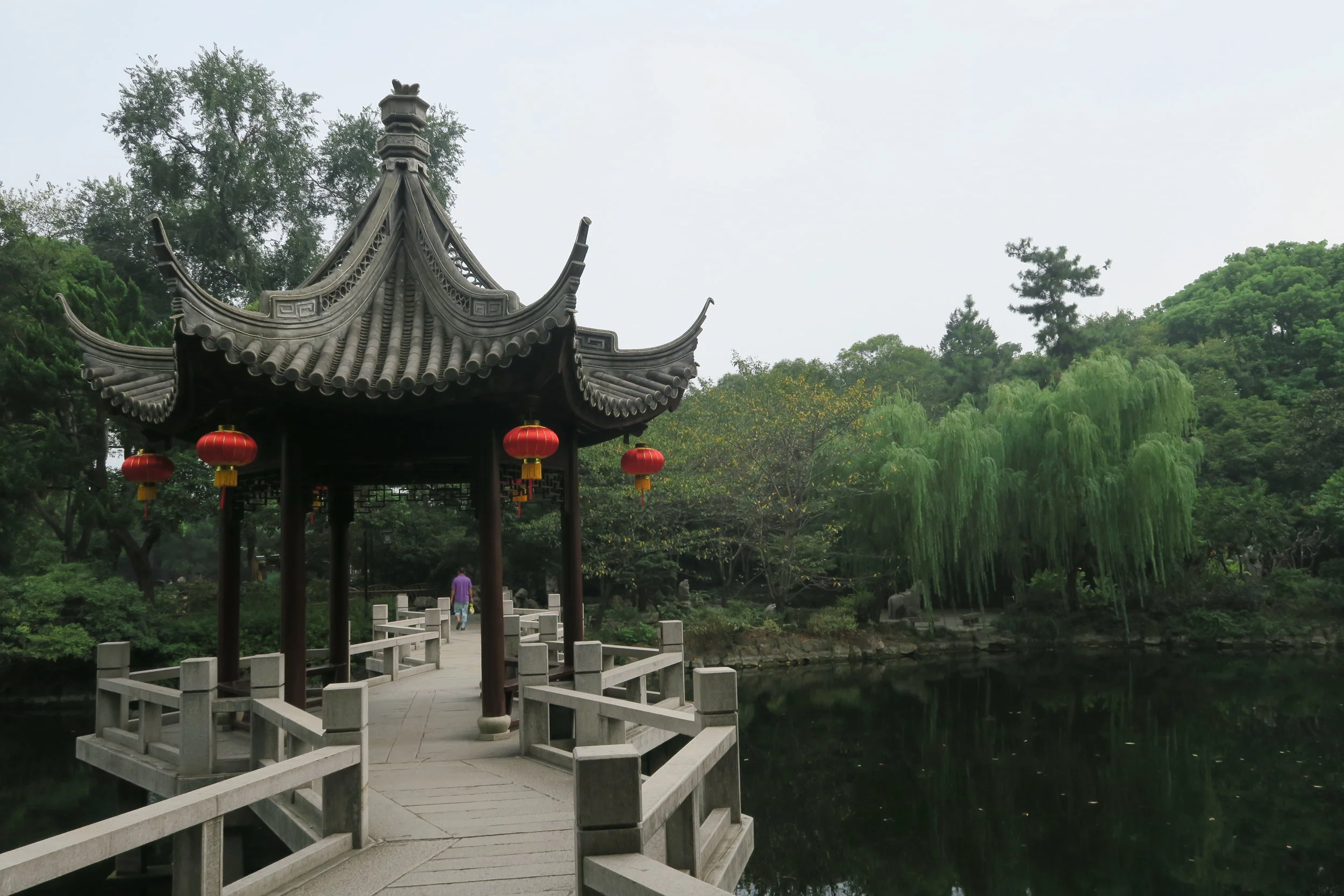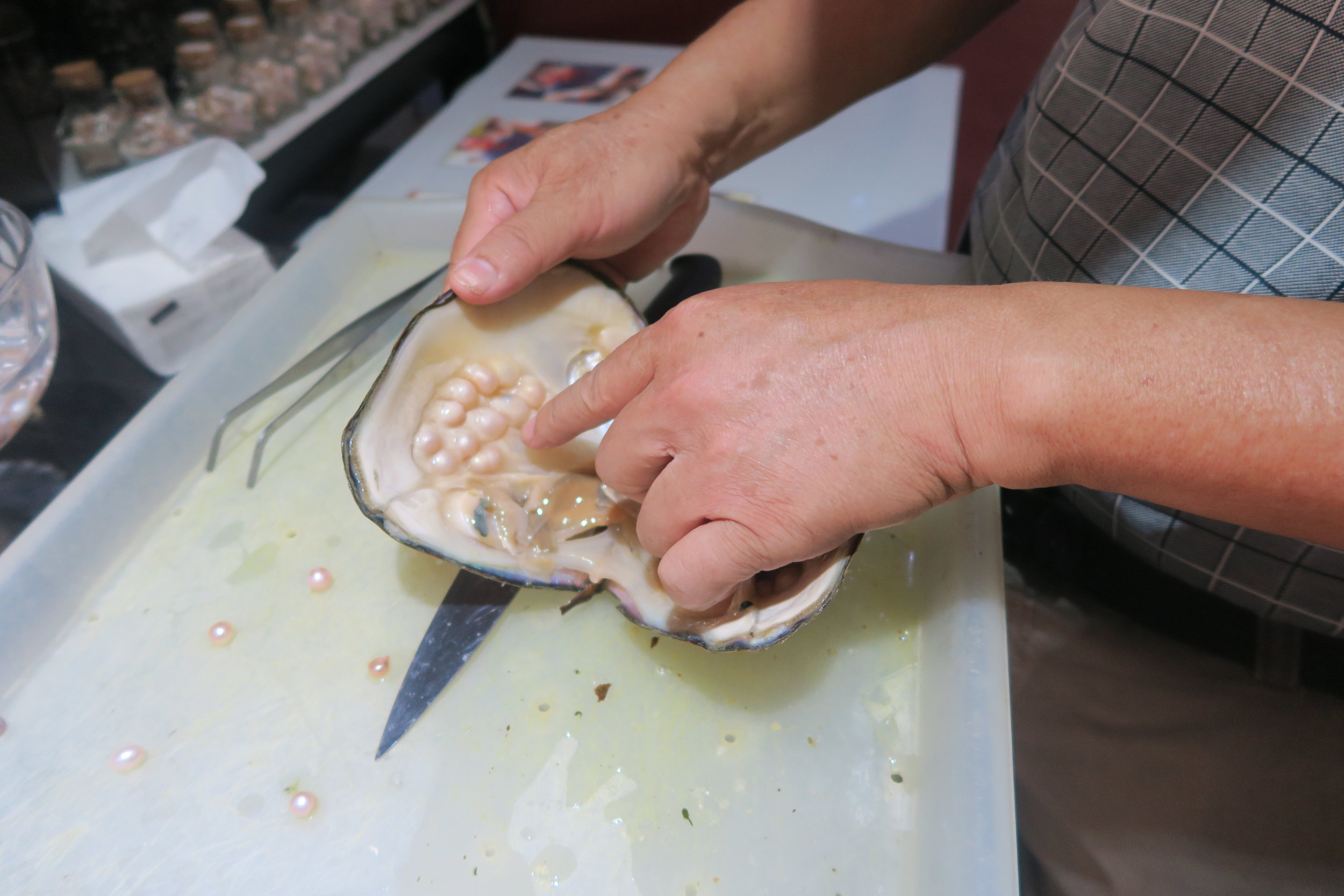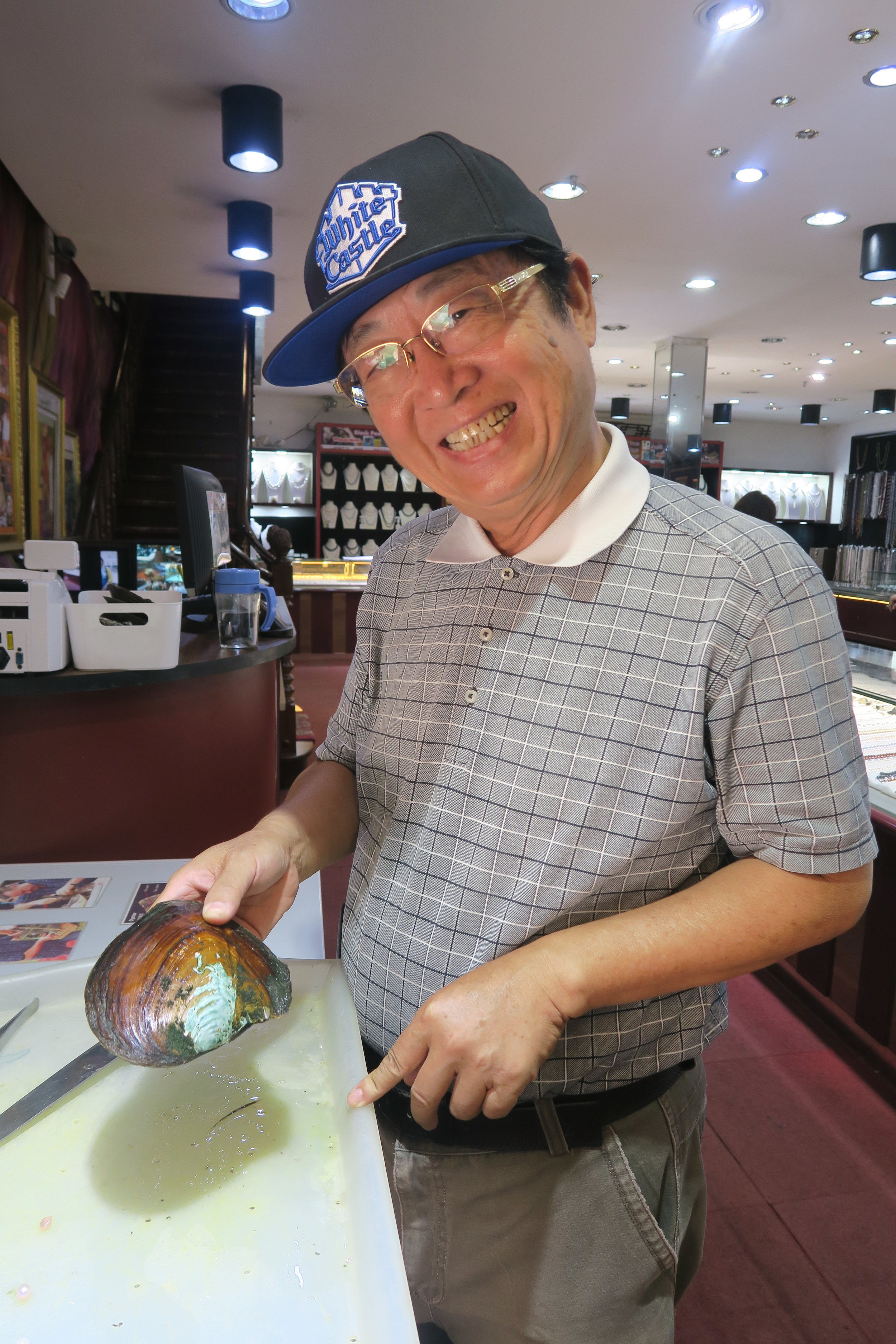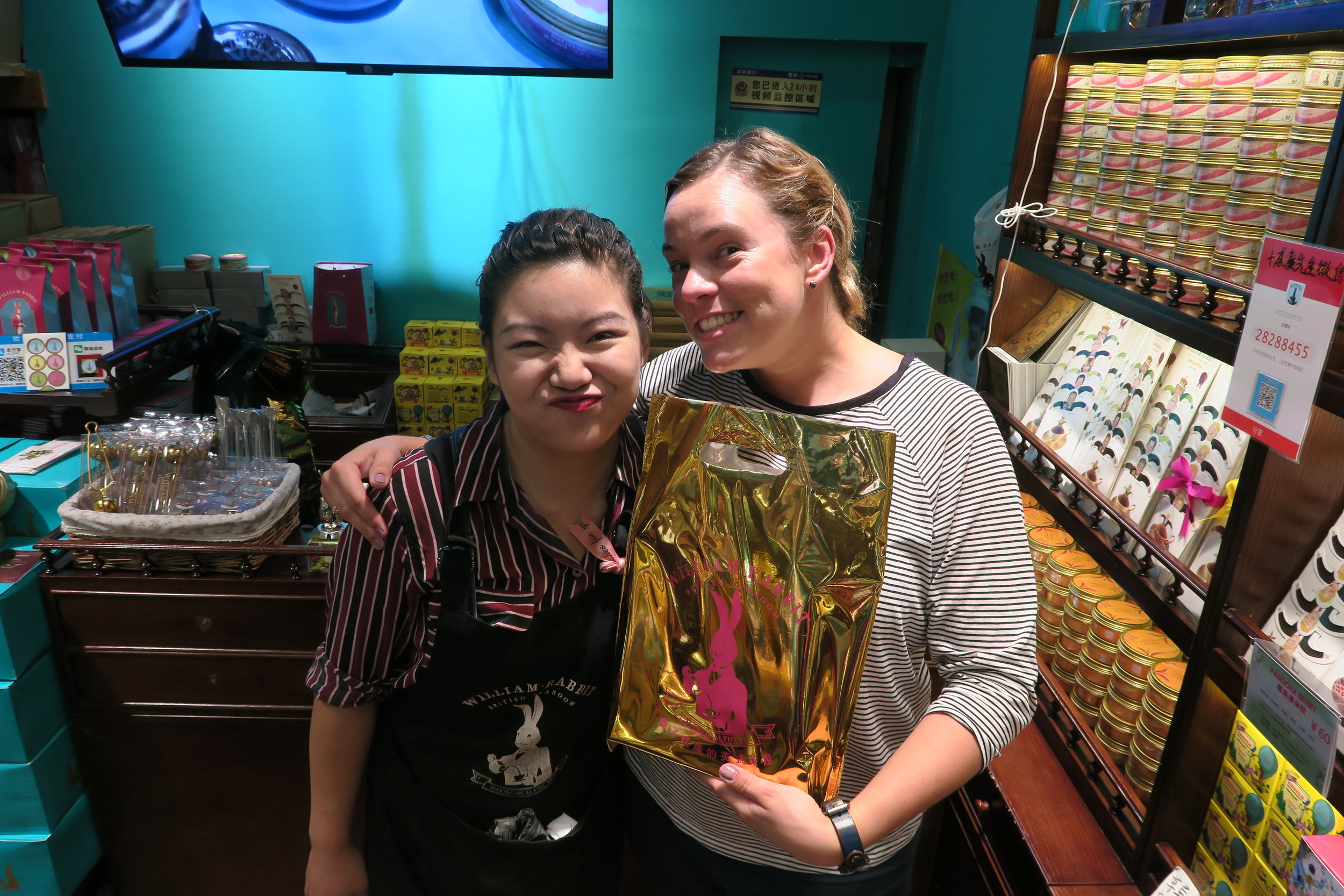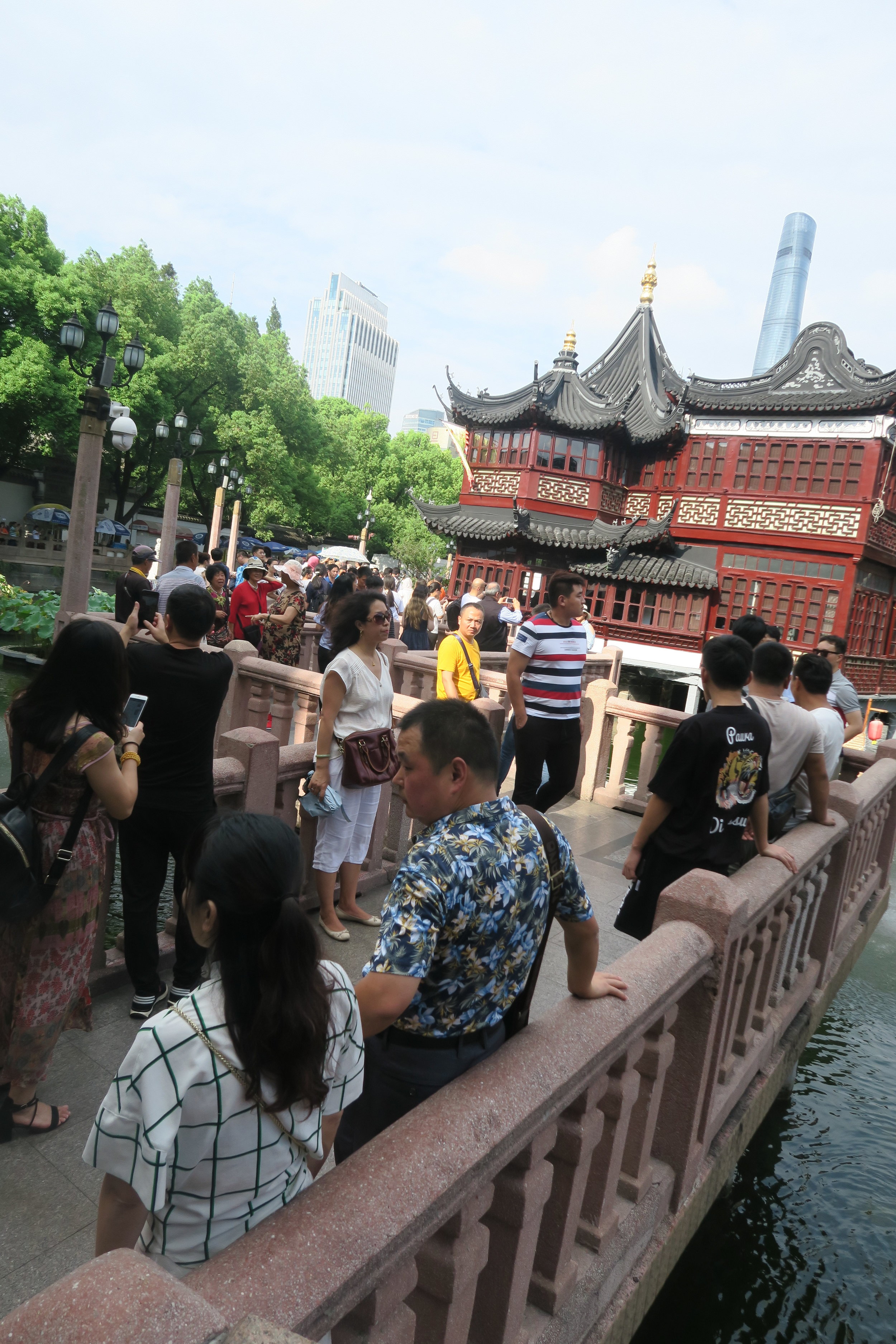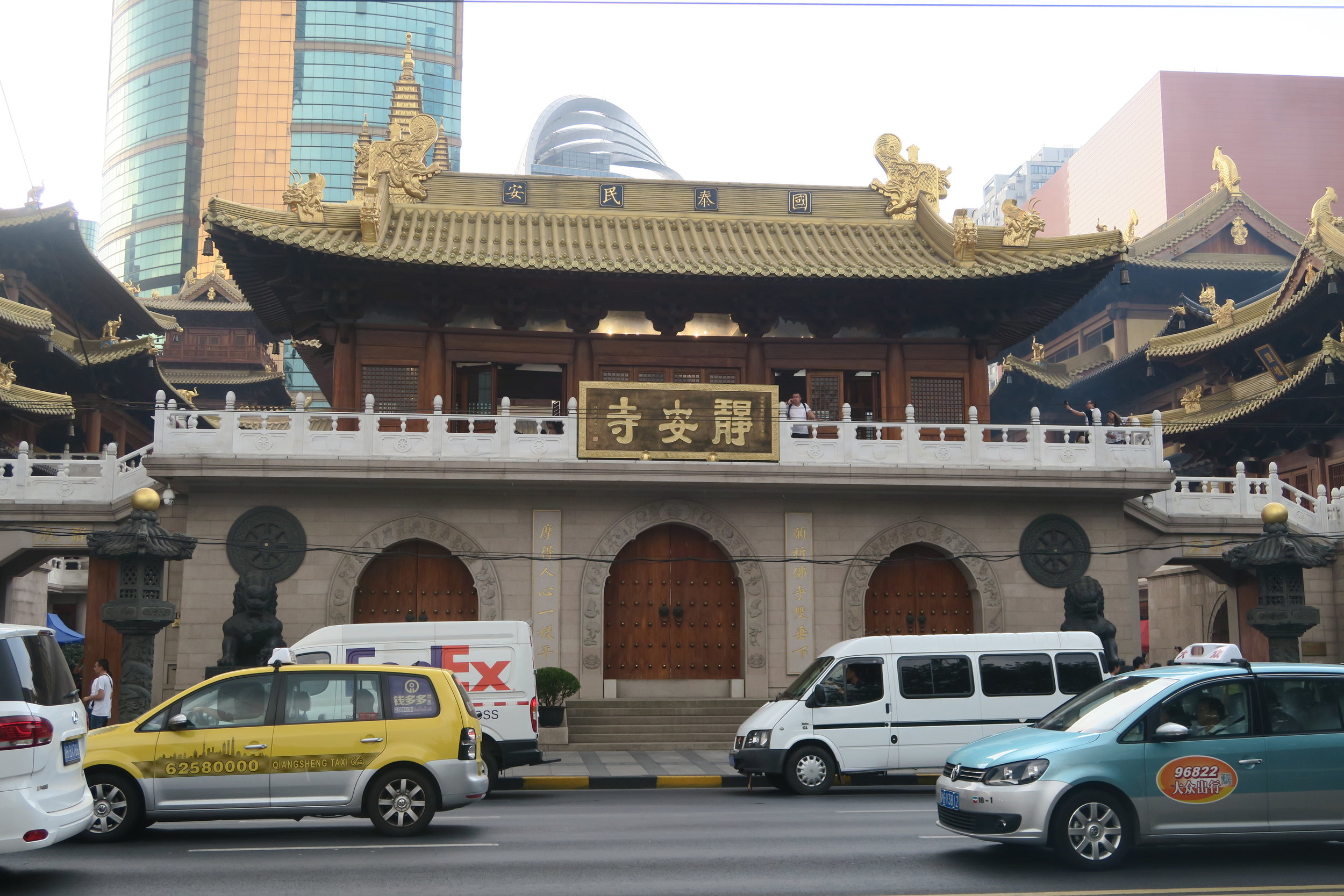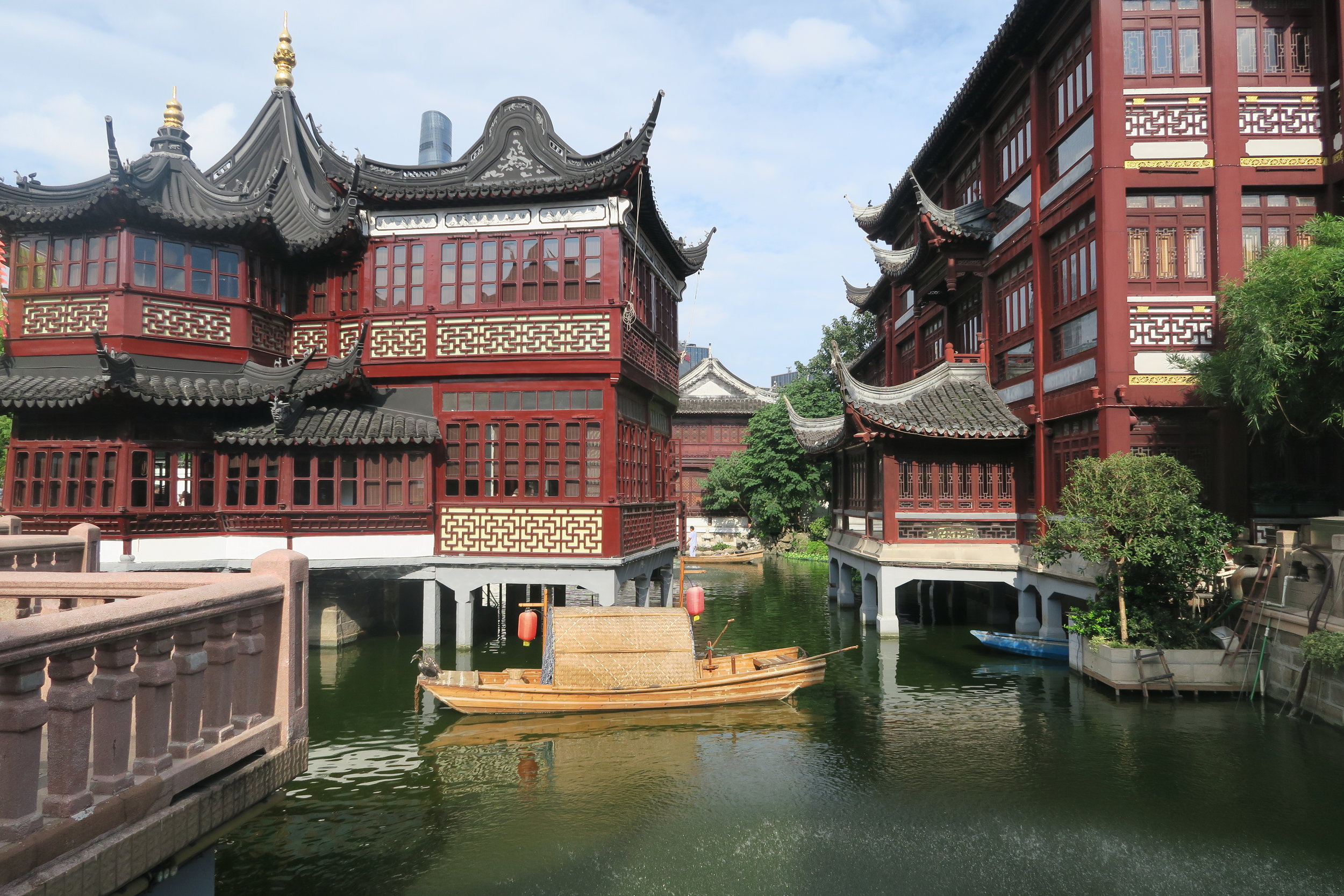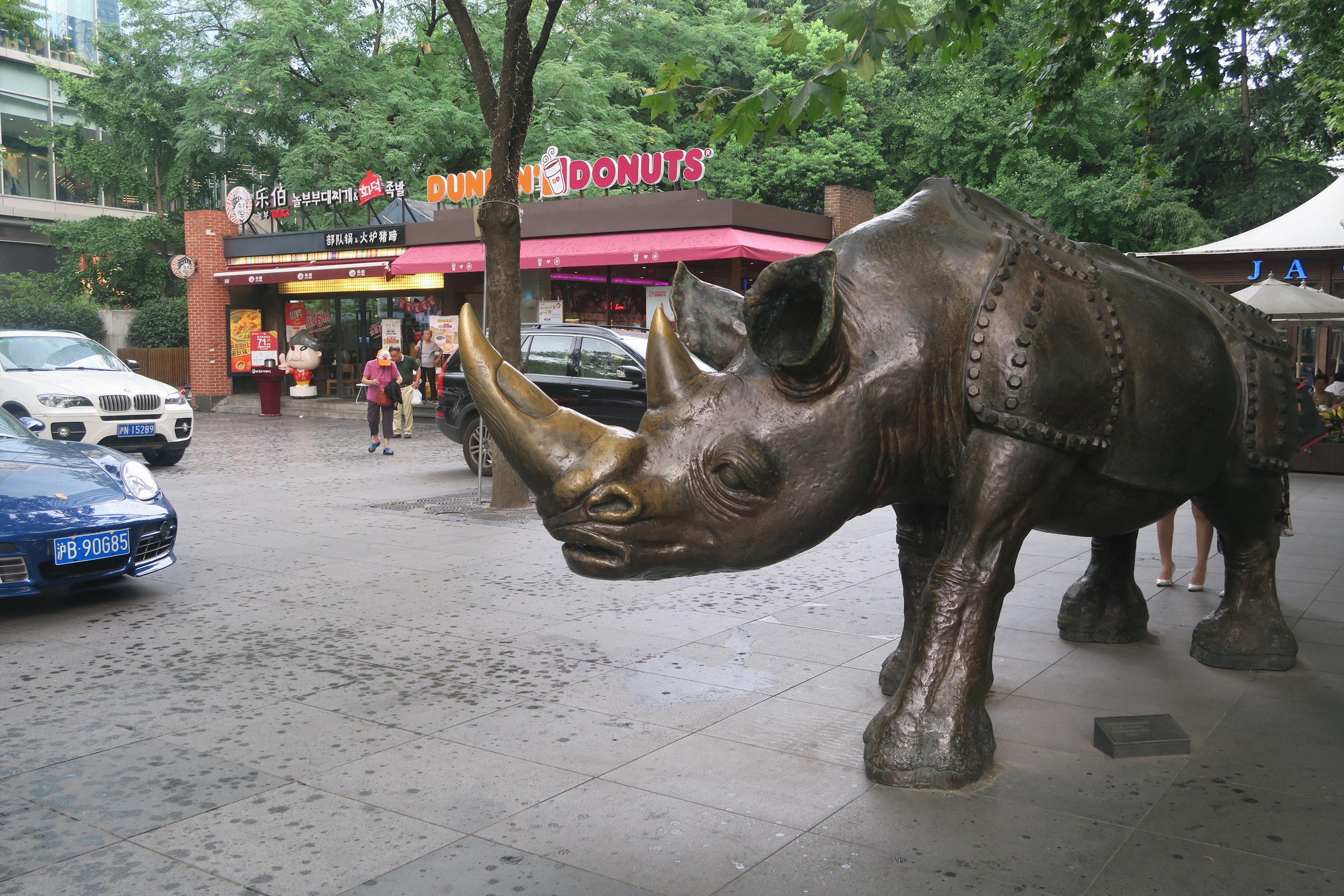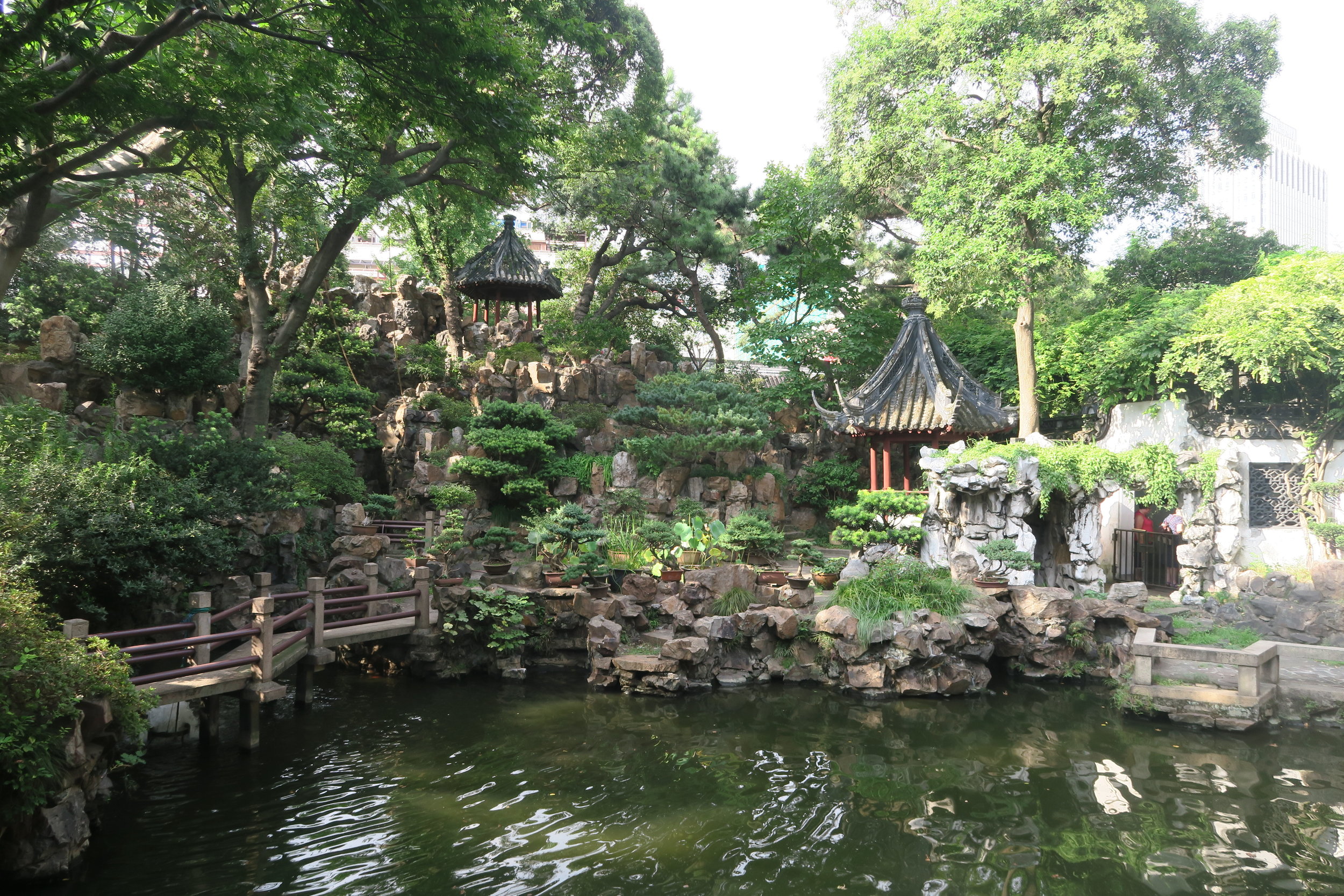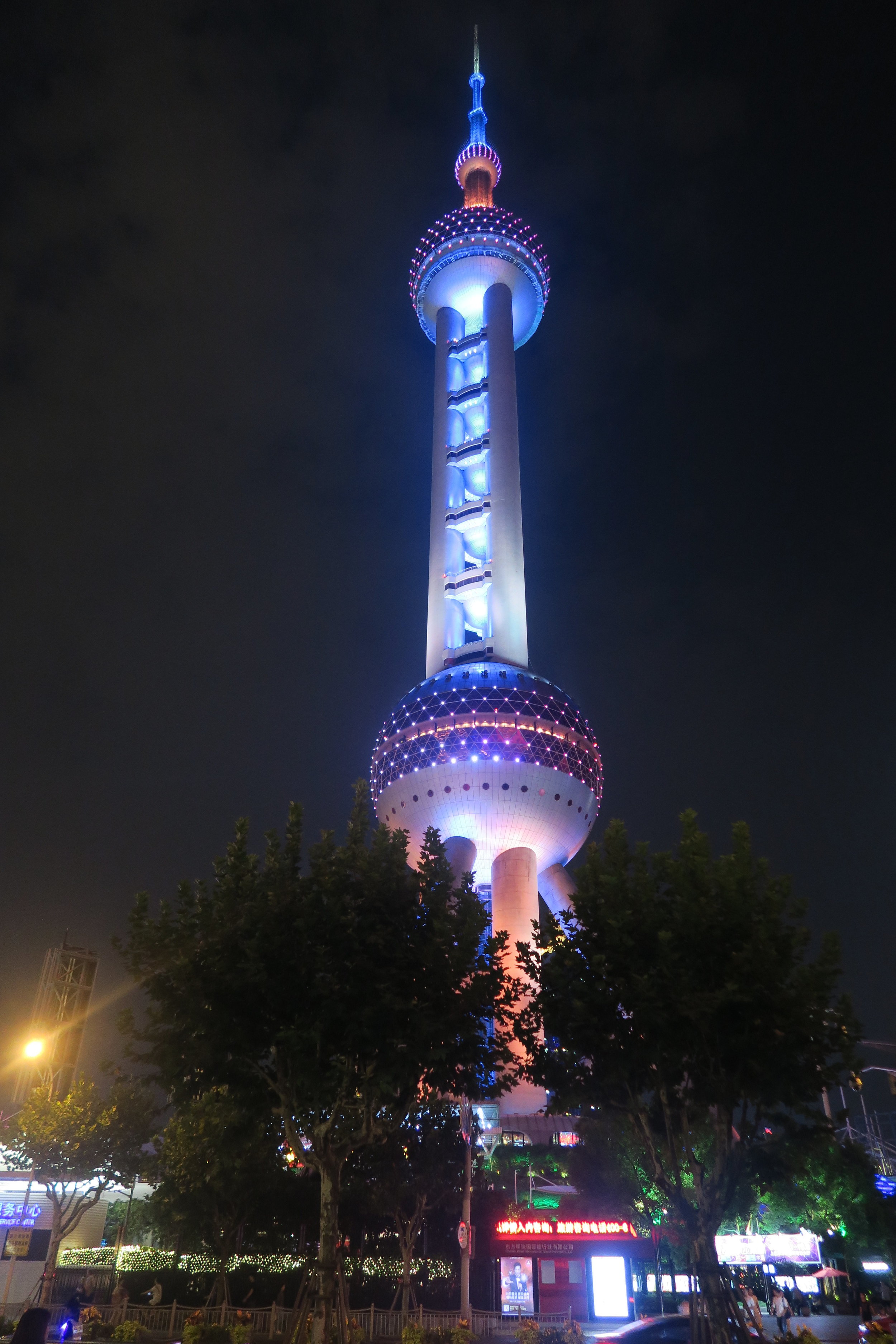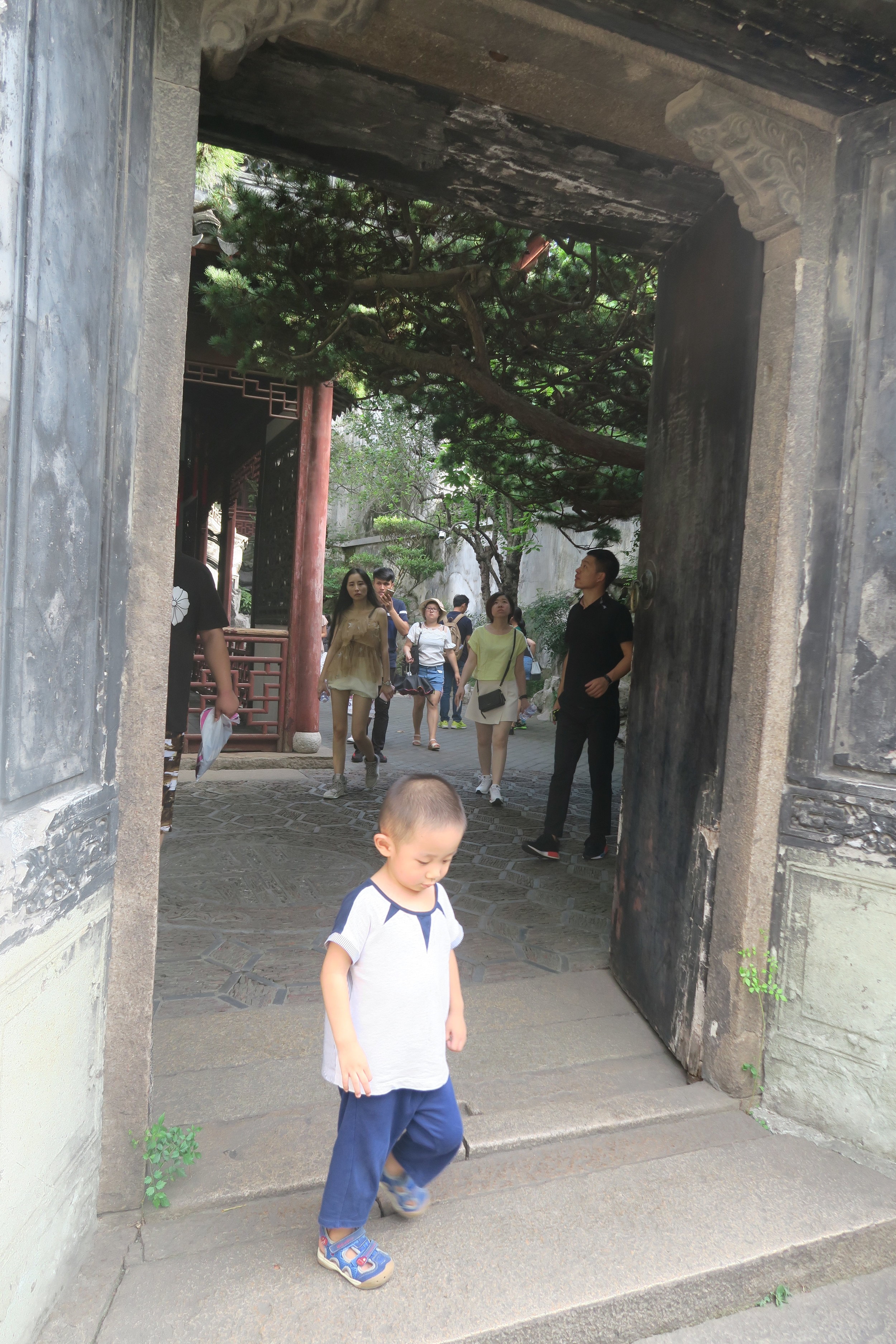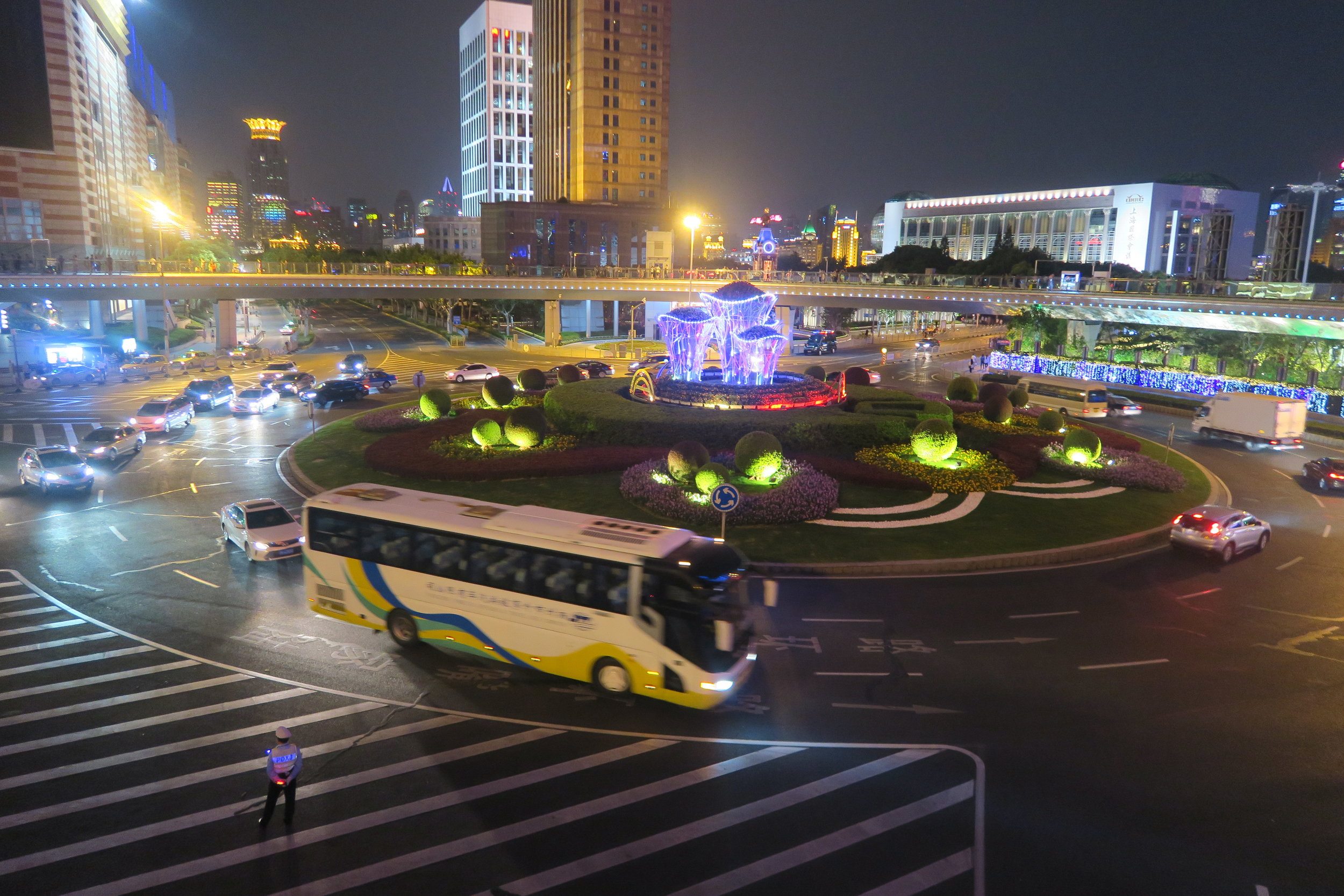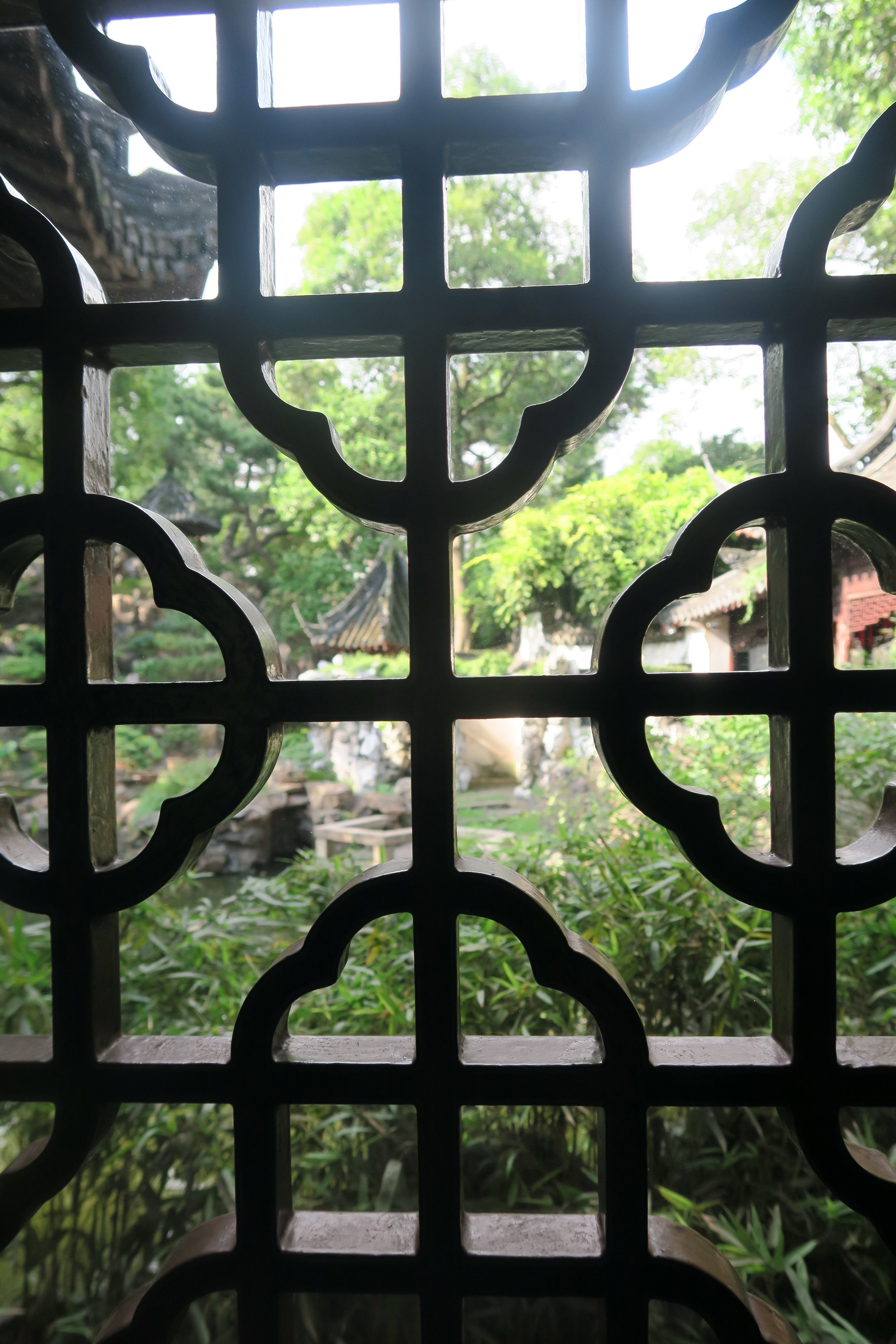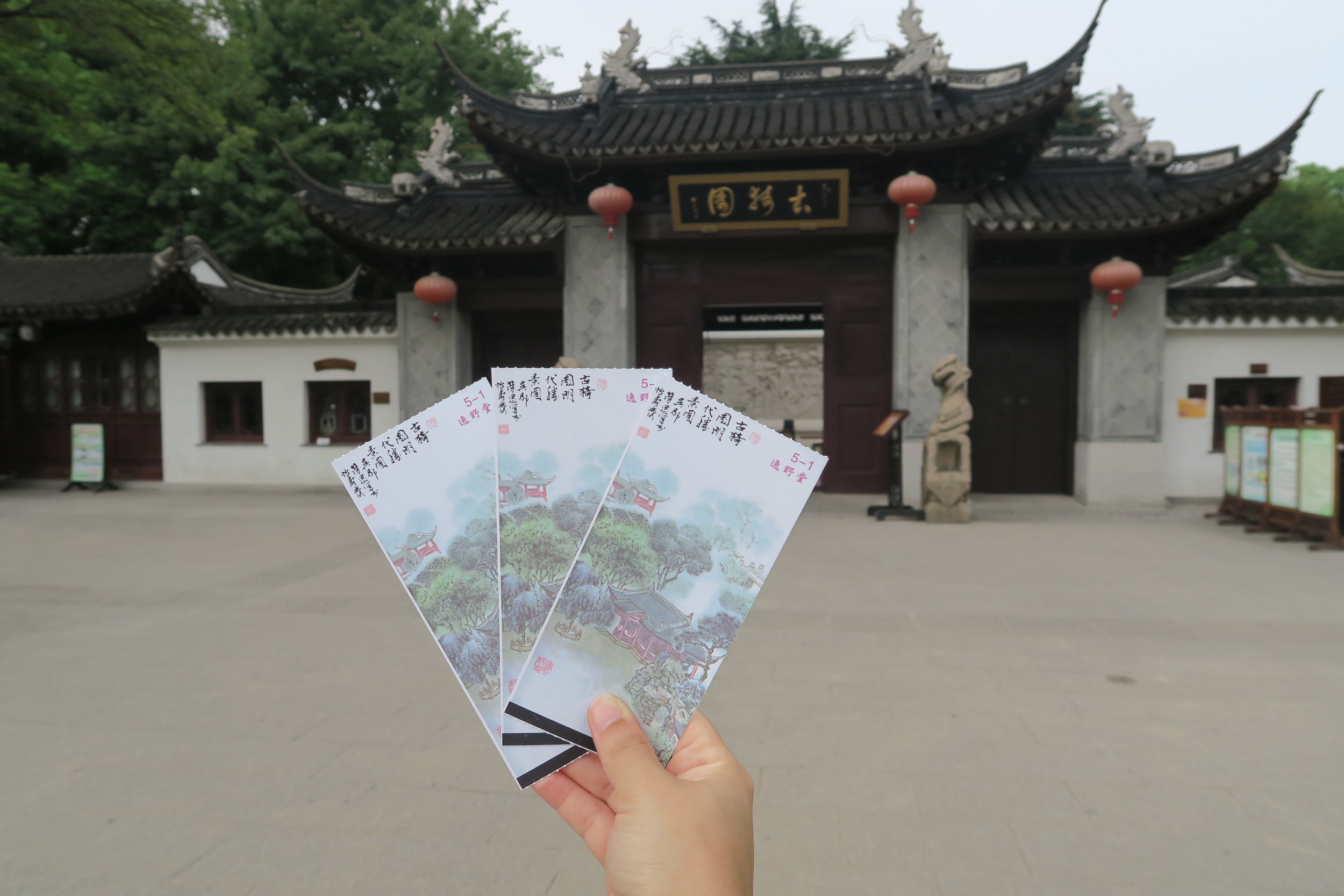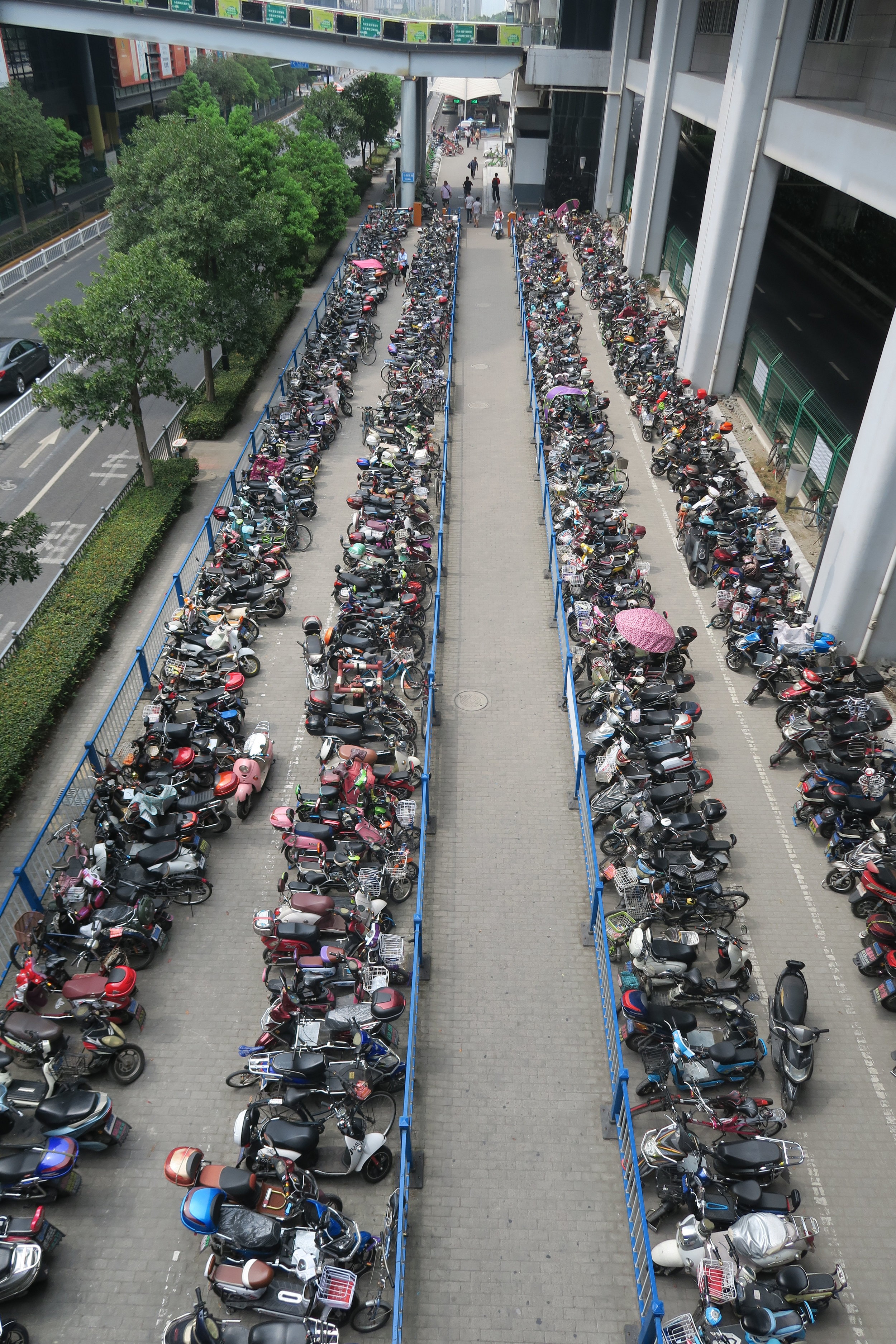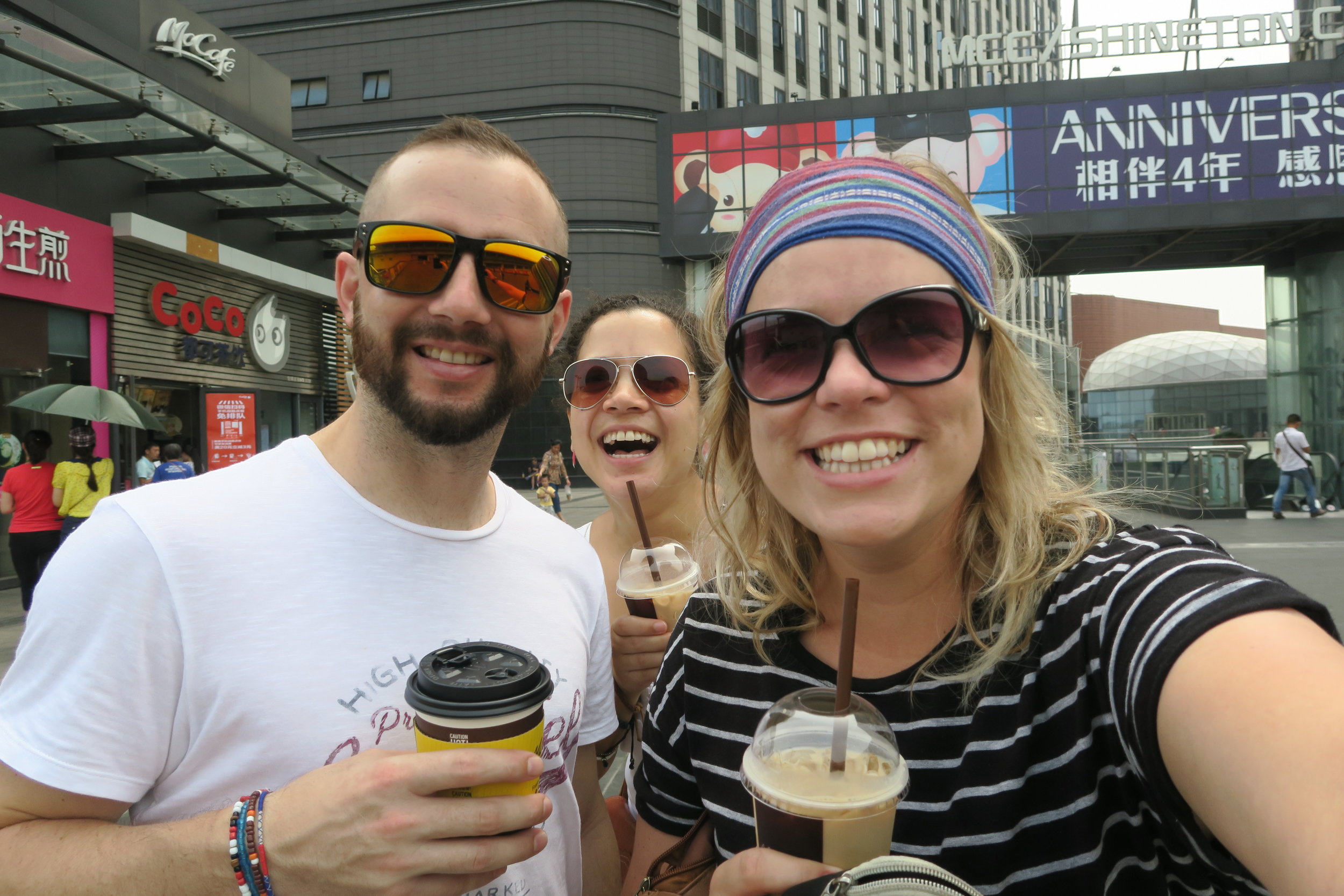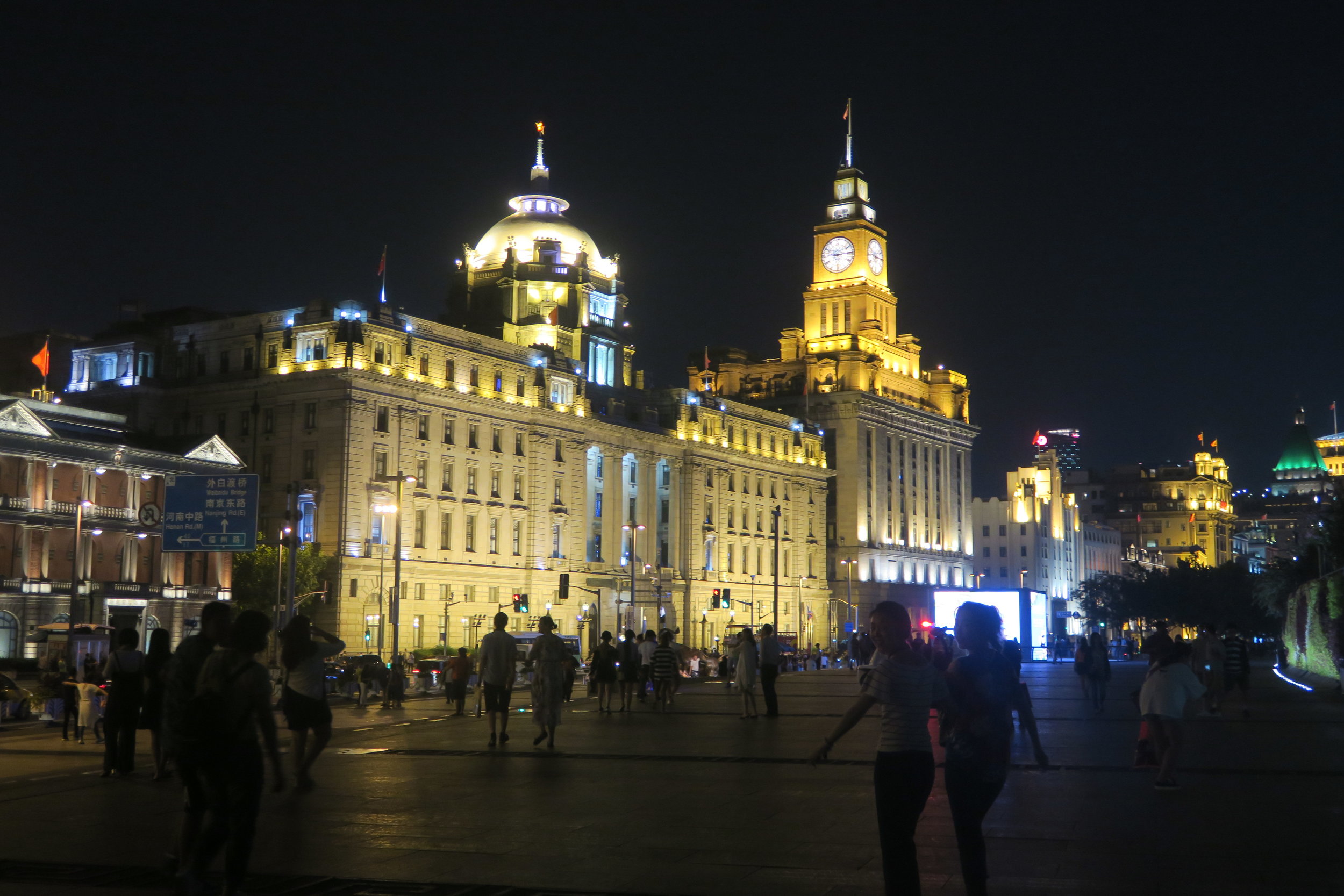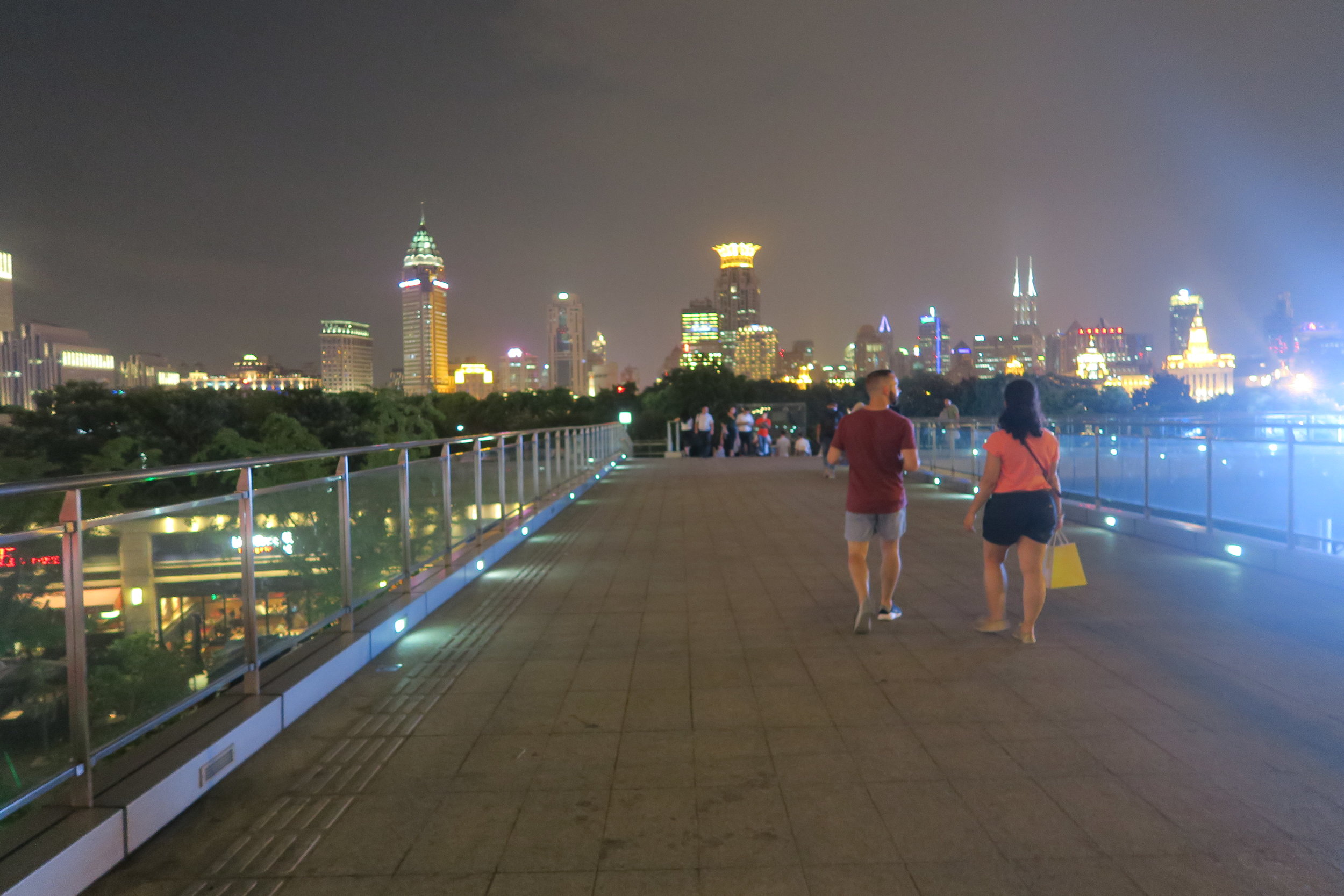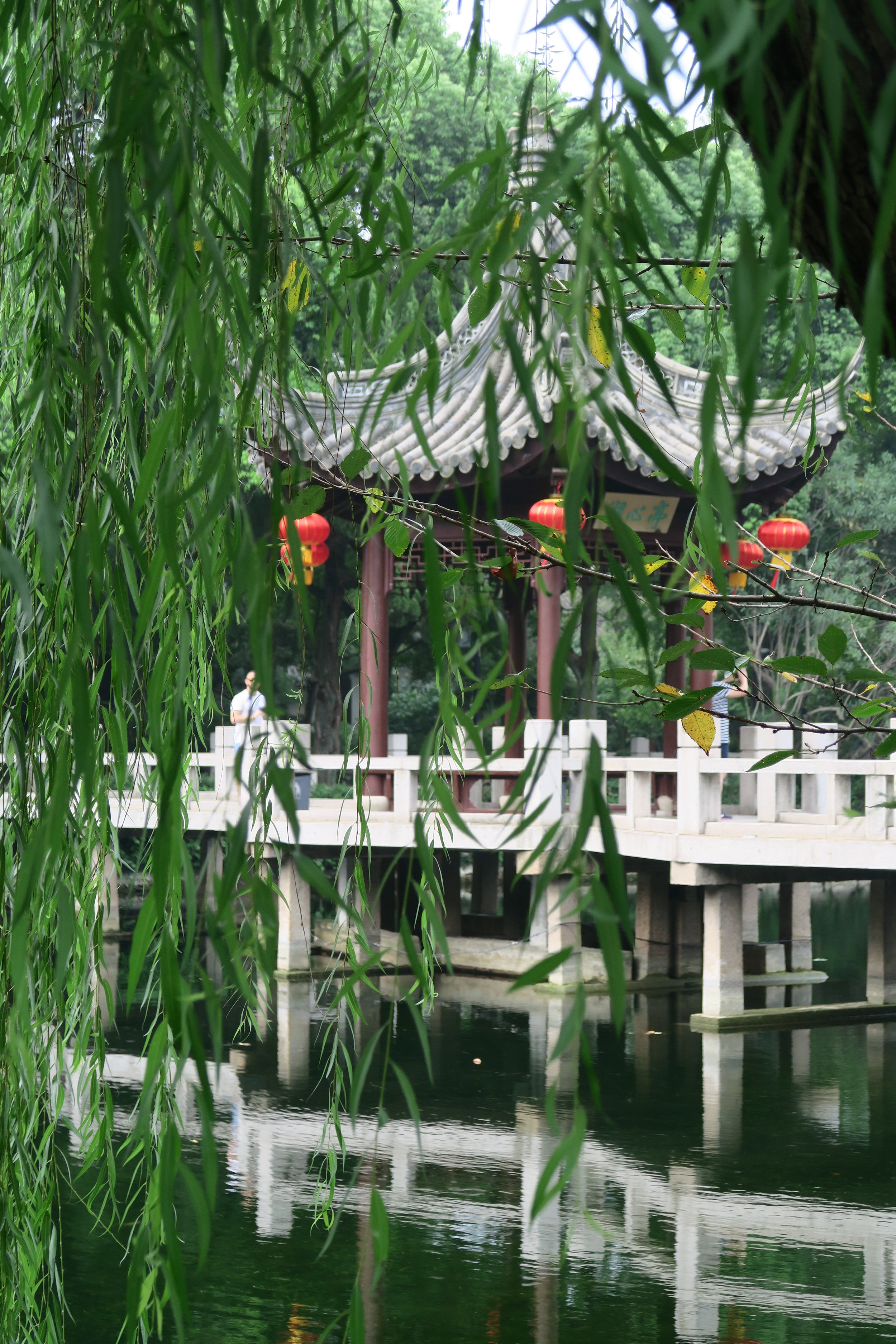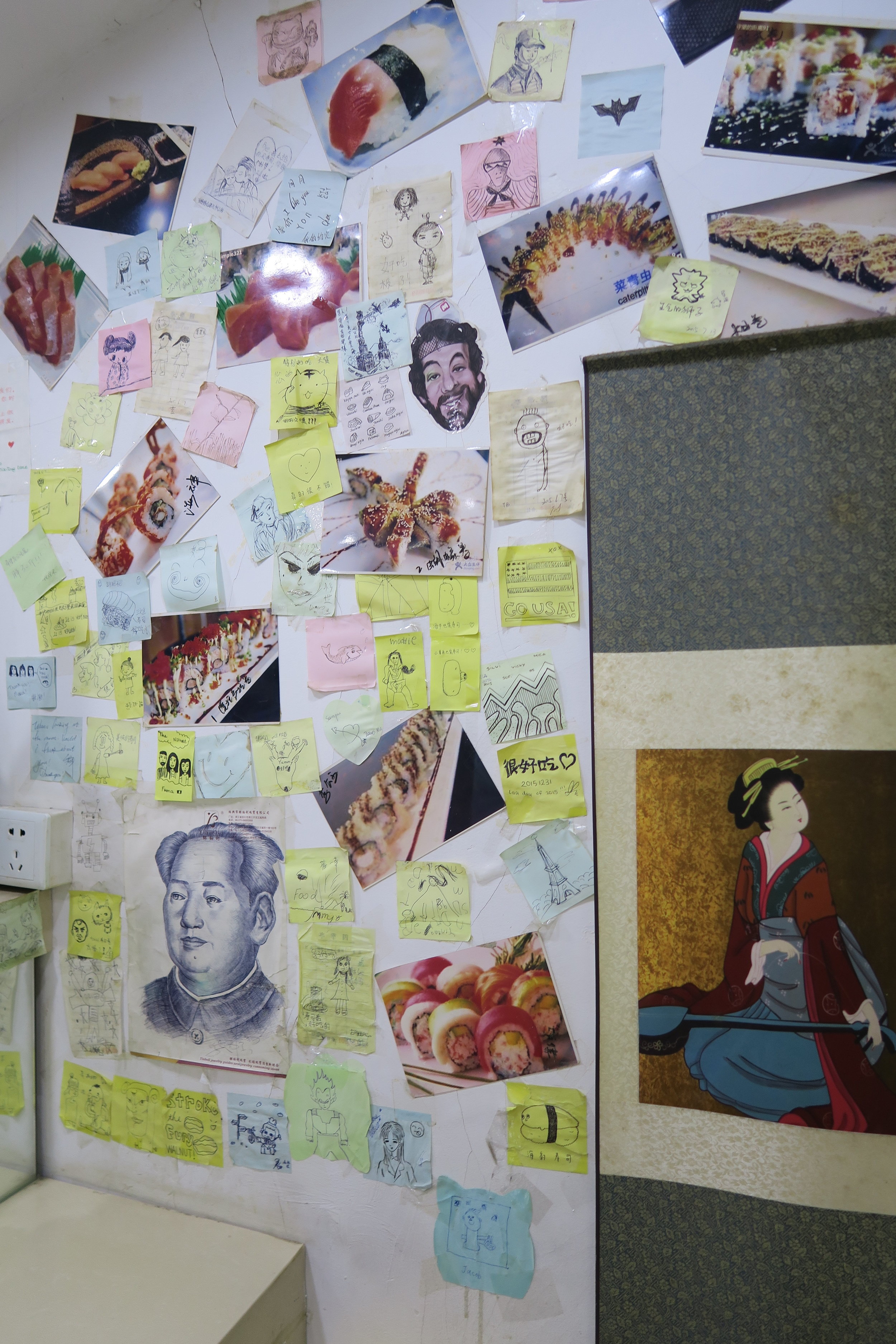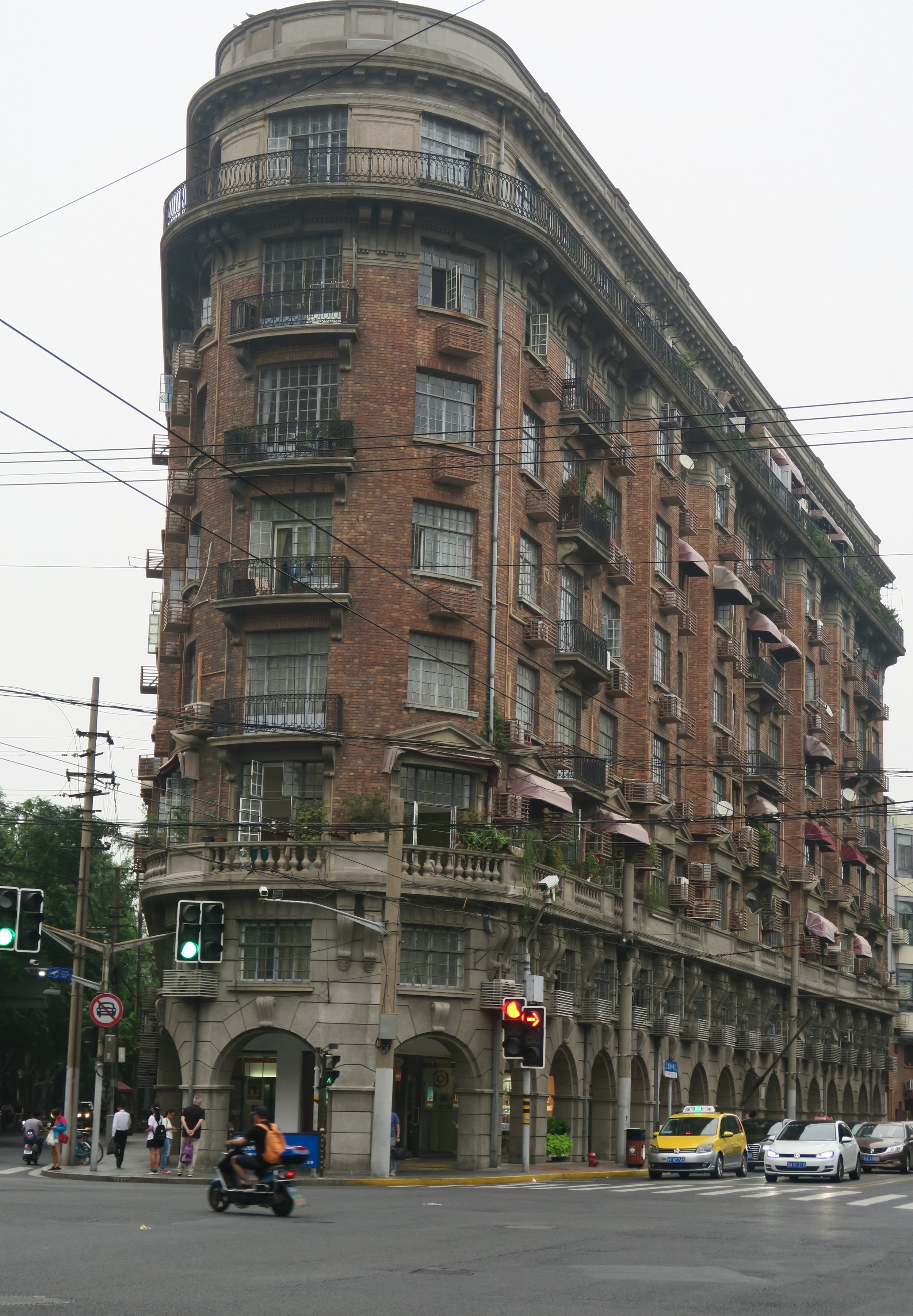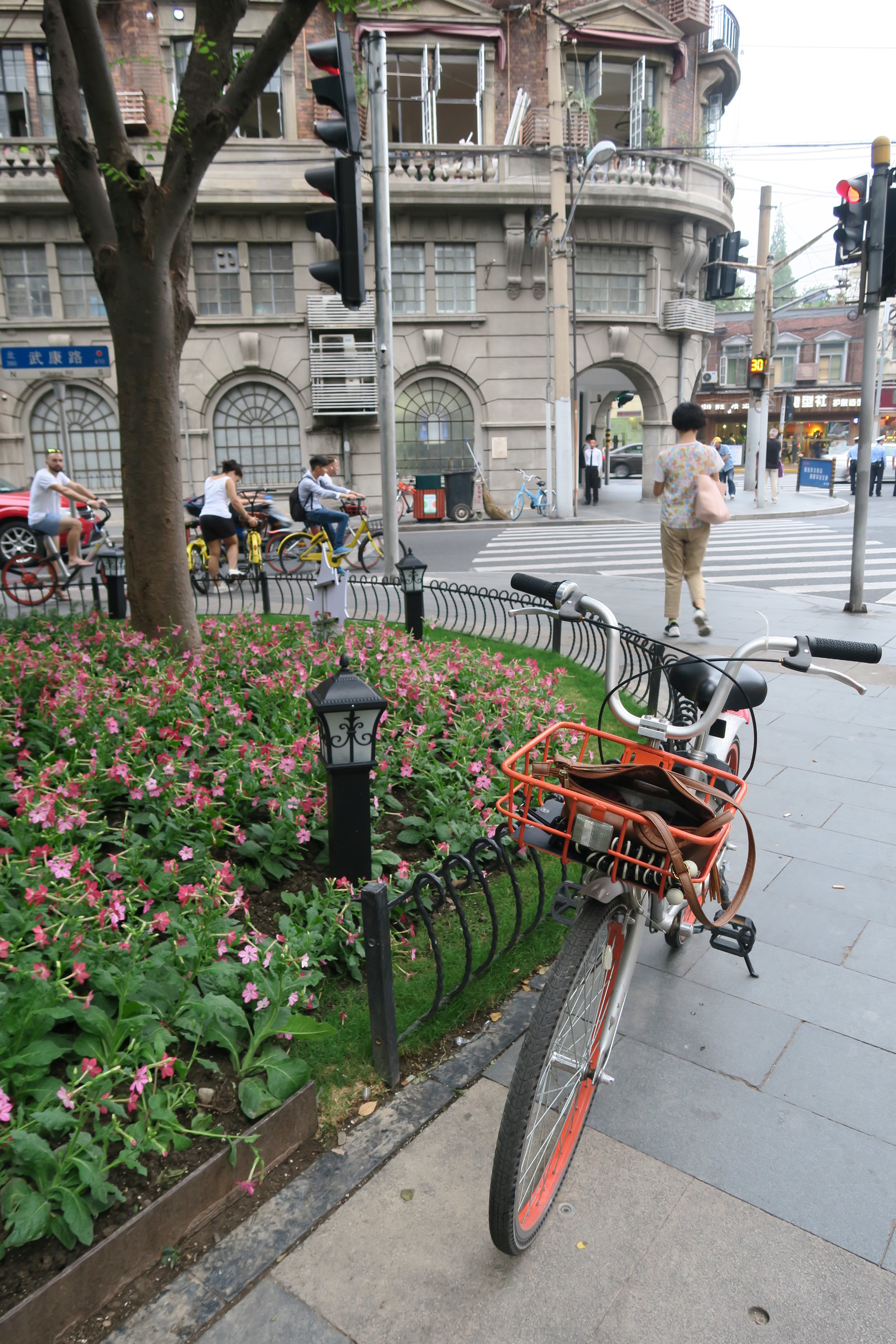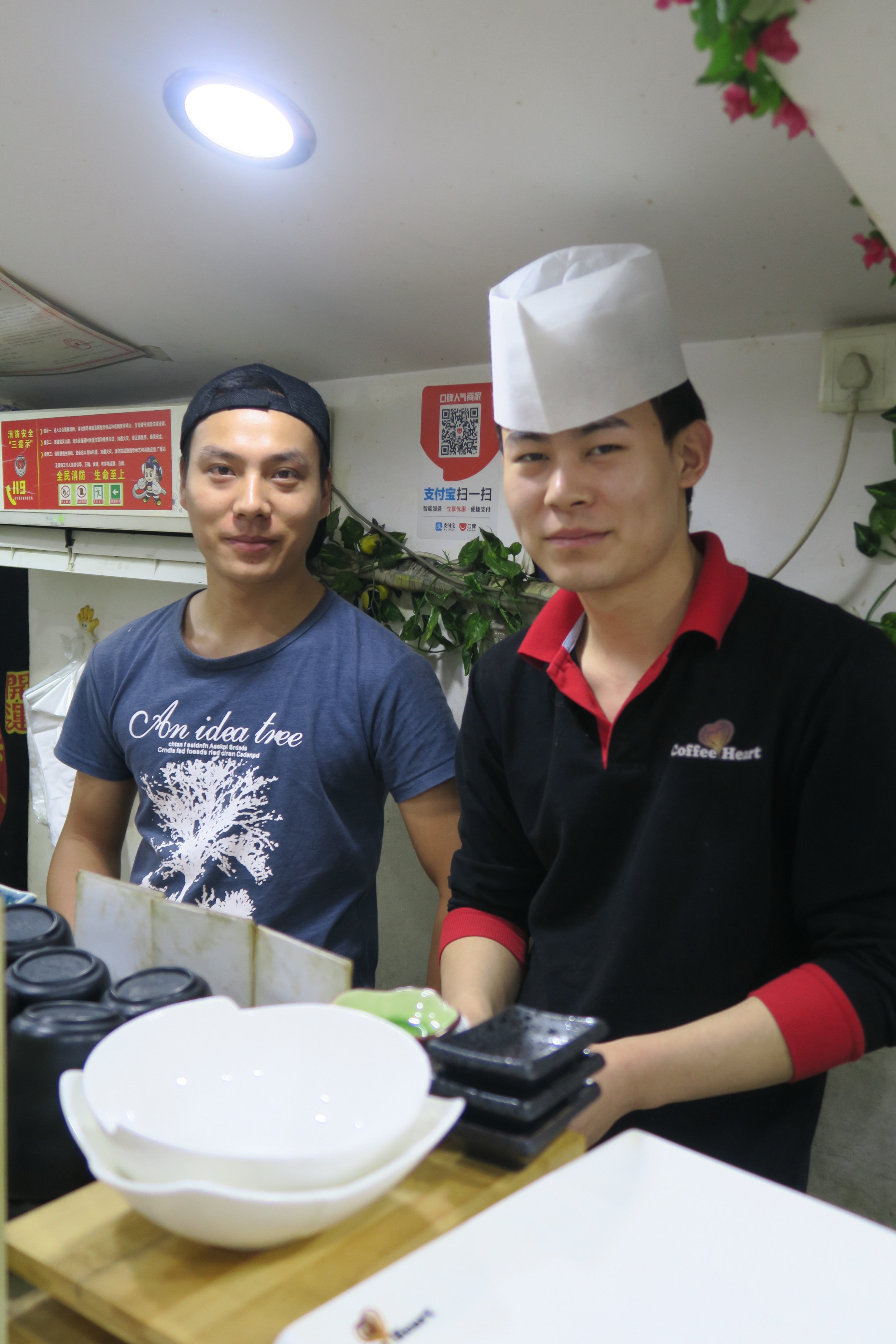Seeing Shanghai...from a different point of view
When you visit somewhere new, whether it is locally or abroad, it is the people you meet along the way who shape your experience as much as what you are there to see.
Shanghai, which is home to well over 20 million people is China’s most populated city and a global financial hub. It is also, naturally, an incredibly large place where you can find just about anything you want to eat or need to buy.
But to say Shanghai is an overwhelming destination for solo or first-time travellers would not be an understatement; it is not as friendly a place as the nation’s capital Beijing and the locals seem to speak very little English – or perhaps that is not all true, people do not have much time and many are simply not interested. Besides, the predominant expat and migrant communities are not English-speaking.
Then again, sometimes body language is all you need. The woman who chased me and my backpack off the train because she knew I was going in the wrong direction seemed rather rude and angry, but she was actually sending me on to the correct metro to the Jing’an Temple stop - close to which my accommodation was located.
The man my friends and I met on the bus to NanXiang town made sure we knew exactly where to get off the bus for Guyi Garden. He also offered us some of his root-like snacks, which almost broke our teeth, but tasted vaguely similar to roasted chestnuts.
On our walk through a rainy Tianzifang – a series of quaint, cobbled shopping streets in the beautifully-architectural French Concession – we popped into a tea shop called William Rabbit where the staff regaled us with the rejuvenating properties of oolong and spice channel white tea and sold us packs of Donald Trump teabags. I left the store with a gold shopping bag of health and green tea for loved ones back home, several “selfies” on my phone and the giggle-inducing thought of Trump in “hot water”.
Mr Chen Shen Shen, the pearl master, could speak excellent English. He had siblings living all over the world, but he chose to stay in the big city “because it was his home”, he said. Fortunately, he also owned a rather lucrative freshwater pearl business.
Mr Chen found me wandering aimlessly in search of Yuyuan or Yu Garden, Shanghai’s most famous tourist attraction, an extensive Chinese oasis in the old city beside the City God Temple.
I am sure he is on the lookout for tourists like me every day; he offered to show me where the garden is situated, but took me past his pearl shop on the way. It is a brilliant marketing technique, and one that would work on travellers with a somewhat larger budget.
The way to Yu Garden from the train station is poorly signposted, so I was grateful to the charming Mr Chen for his help, and I learnt a lot about freshwater pearls in the process. I think I also made a friend.
When we parted, I walked over the Zig Zag Bridge to the garden entrance. It was worth the effort to see the ponds teeming with fish, the traditional-style pavilions, extraordinary rock designs and pine trees providing much-needed shade. I was glad I had visited on a Monday, because I believe Shanghai’s premier sight becomes overwhelmingly crowded at weekends.
Speaking of crowds, be sure to visit the heart of the city, the Bund, a well-known and much-frequented waterfront promenade which is lined with colonial-era buildings. In stark contrast, across the Huangpu River, one stands in awe at the Pudong district’s skyline of modern buildings and neon lights, including Shanghai Tower and the Oriental Pearl TV Tower. If you would rather miss the hordes of people, head to the Bund early in the morning, grab a hot drink at one of the several coffee shops and watch the locals doing their fascinating morning exercises.
Here are some top tips for a short trip to Shanghai:
- Do your research in advance. Remember this is a massive Asian city. You will not be able to readily access your usual go-to online travel aids such as Google Maps or your friends on social media for advice. Most of the sites you take for granted are banned in China.
- Cycle the city. See if you can download a bicycle application like Mobike, which allows you to pick up a bike anywhere in the city, cycle to where you want to go, and leave it right where you hop off. Getting to the nearest train station or the neighbourhood market has never been easier. It will change your whole travel experience.
- Forget all the seemingly rude, unhelpful people who push past you on the train or skip the queue. Remember, instead, all the people who took the time to give you directions, or teach you something new. These are the reasons we travel – not just to take photographs of famous buildings and tourist attractions. We travel to learn about cultures different to our own, to taste different cuisines, and to sit in wonder at the diversity of the global population. All of this can be found in Shanghai.

